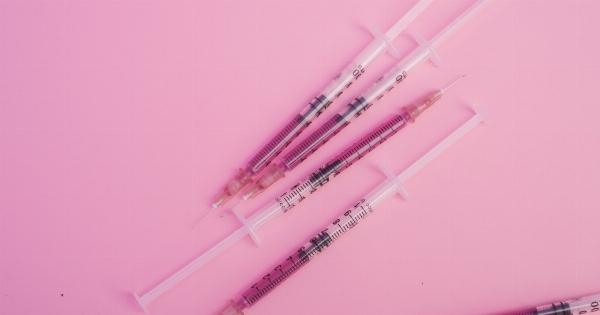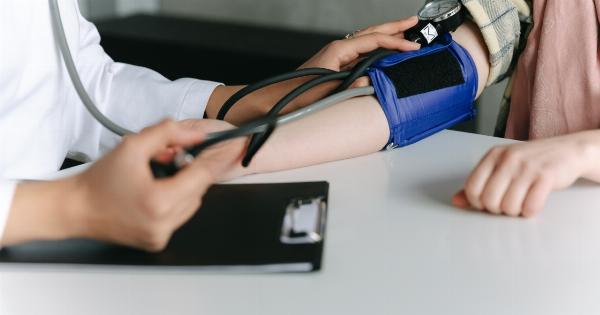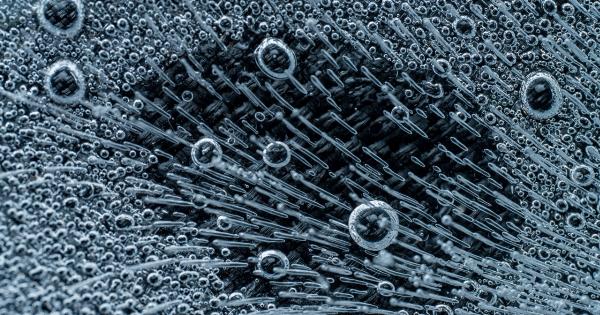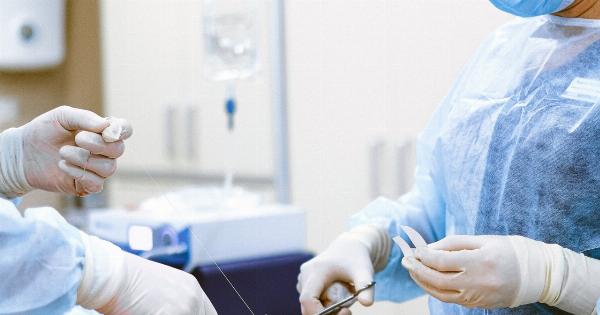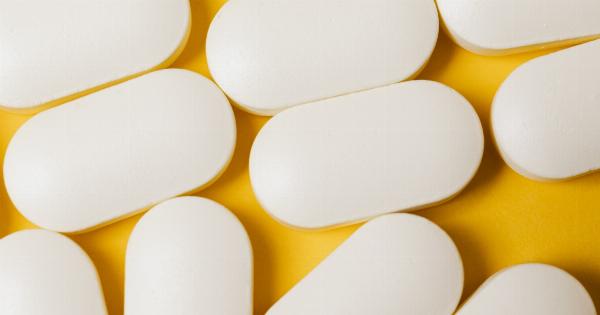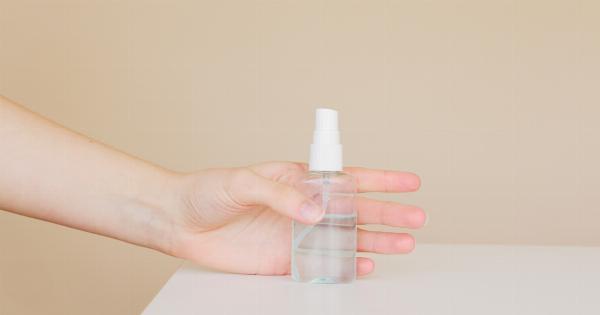A mini stroke, also known as a transient ischemic attack (TIA), occurs when there is a temporary disruption of blood flow to the brain.
Though the symptoms of a mini stroke may be brief, it is essential to take them seriously as they can be warning signs of a future, more severe stroke. Understanding the causes, symptoms, and treatment options for mini strokes is crucial in order to prevent any long-term damage.
In this article, we will discuss everything you need to know to survive a mini stroke and protect yourself from its potentially devastating consequences.
Causes of Mini Strokes
Mini strokes are typically caused by the same conditions that lead to the occurrence of a full-blown stroke. The main cause is atherosclerosis, which is the buildup of fatty deposits (plaque) in the blood vessels.
These deposits can narrow or block the arteries in the brain, leading to a temporary disruption of blood supply.
Other causes of mini strokes include:.
- Hypertension (high blood pressure)
- Diabetes
- Smoking
- High cholesterol levels
- Obesity
- Heart disease, including atrial fibrillation
Recognizing the Symptoms
Unlike a full stroke, the symptoms of a mini stroke resolve within 24 hours and often last only a few minutes. However, these symptoms should not be ignored, as they can indicate an increased risk of a future stroke.
Common symptoms of a mini stroke include:.
- Sudden weakness or numbness on one side of the body
- Loss of balance or coordination
- Dizziness or lightheadedness
- Confusion or difficulty speaking
- Blurred vision
- Severe headache
If you or someone you know experiences any of these symptoms, it is crucial to seek immediate medical attention. Even if the symptoms seem to disappear quickly, a thorough evaluation is necessary to determine the cause and prevent future strokes.
Diagnosis and Treatment
When you arrive at the hospital, your doctor will perform various tests to confirm the occurrence of a mini stroke and identify the underlying cause. These tests may include:.
- Physical examination and medical history assessment
- Blood tests
- Imaging tests, such as CT scans or MRI
- Carotid ultrasound to check for plaque buildup in the neck arteries
- Echocardiogram to evaluate the heart’s structure and function
Once a mini stroke is confirmed, the immediate focus will be on preventing a future stroke. Treatment options may include:.
- Medications to control hypertension, cholesterol levels, and blood sugar
- Antiplatelet drugs, such as aspirin or clopidogrel, to prevent blood clots
- Anticoagulants, like warfarin, for individuals with atrial fibrillation
- Carotid endarterectomy, a surgical procedure to remove plaque from the carotid arteries
- Lifestyle changes, including quitting smoking, exercising regularly, and following a healthy diet
Prevention is Key
While mini strokes themselves may not cause permanent damage, they should serve as a wake-up call to take proactive steps in preventing a future stroke. Here are some essential measures you can take:.
- Manage and control underlying health conditions, such as high blood pressure, diabetes, and high cholesterol
- Quit smoking or avoid exposure to secondhand smoke
- Maintain a healthy weight through regular physical activity and a balanced diet
- Limit alcohol consumption
- Use medications as prescribed by your doctor
- Stay vigilant about any changes in your health and seek medical attention promptly
Furthermore, it is crucial to educate yourself and others about the signs and symptoms of strokes. By recognizing the warning signs and taking swift action, you can significantly improve the chances of survival and minimize the long-term effects.
Living After a Mini Stroke
Surviving a mini stroke can be a wake-up call to adopt a healthier lifestyle. It is essential to follow your doctor’s advice and make the necessary changes to reduce the risk of future strokes.
Here are some tips for living a healthy life after a mini stroke:.
- Stick to a nutritious diet rich in fruits, vegetables, whole grains, and lean proteins
- Engage in regular physical activity, such as walking, swimming, or cycling
- Maintain a healthy weight and body mass index (BMI)
- Take prescribed medications as directed and attend regular follow-up appointments
- Manage stress through relaxation techniques, such as meditation or yoga
- Avoid excessive alcohol consumption
- Stay socially active and maintain a strong support network
Conclusion
Surviving a mini stroke is an opportunity to prioritize your health and make positive changes to prevent a future stroke.
By understanding the causes, recognizing the symptoms, seeking prompt medical attention, and committing to a healthy lifestyle, you can significantly reduce the risk of long-term disability or even death.




